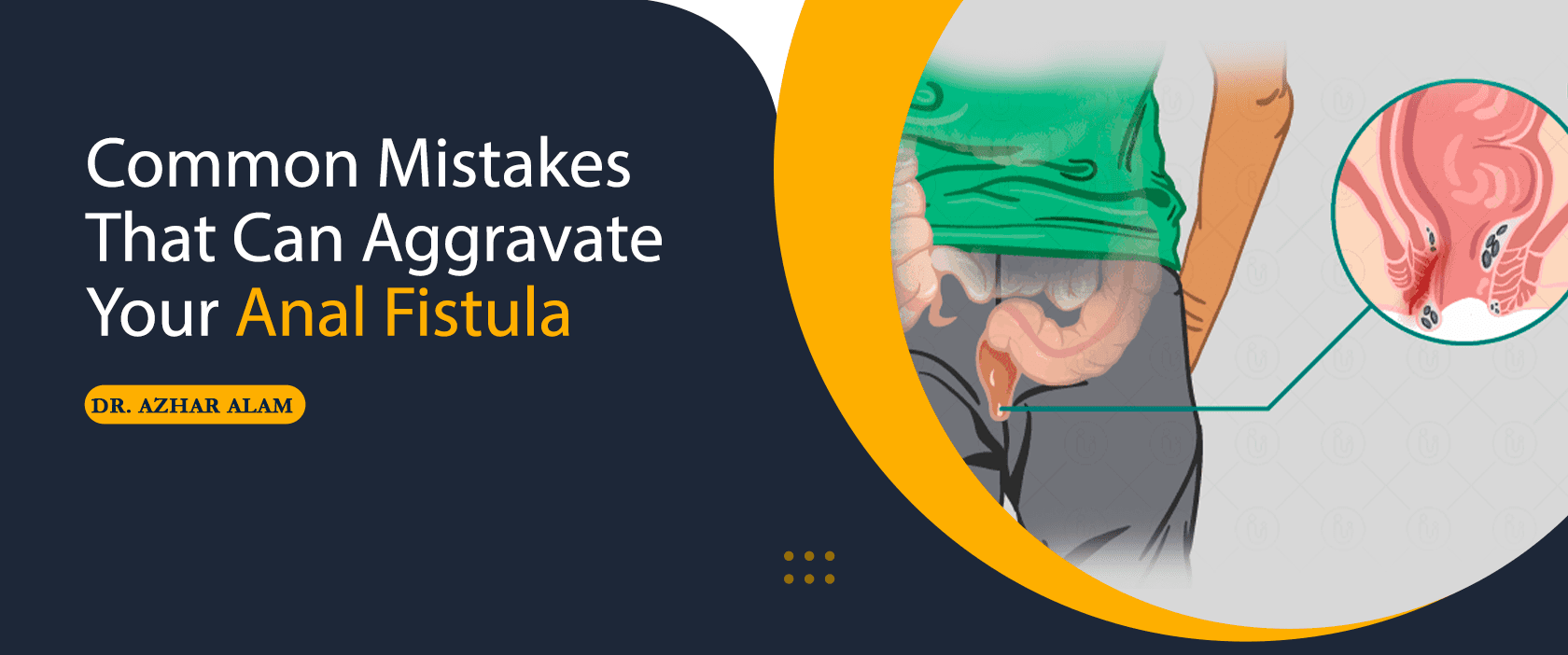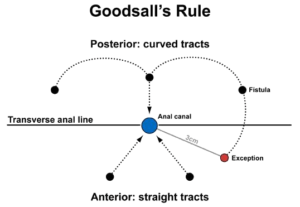

Common Mistakes That Can Aggravate Your Anal Fistula
Frequent mistakes that can lead to a worsening of your fistula in the back of your head.
Introduction
Perianal fistula (fistula-in-ano) is an inadvertent connective tissue between perianal and anal canals.
As pre the best Fistula Surgeon, most of them are linked to anorectal abscess One third of patients suffering from an anorectal abscess also having an perianal fistula in the time of their presentation.
Park’s Classification System divides anal fistulae into four distinct categories: inter-sphincteric fistula (most popular) trans-sphincteric fistula, supra-sphincteric fistula (least often) and an extra-sphincteric fistula.
Aetiology
The development of a perianal fistula usually occurs as a result of an abscess. But, other potential risk factors for their development are:
- Inflammatory bowel disease, mostly Perianal Crohn’s Disease
- The most common systemic disease is the condition known as Diabetes Mellitus
- The trauma history of the anal region
- Prior treatment with radiation to the region of the anal
Clinical Features
Anal fistulae are typically characterized by recurring perianal abscesses or intermittent or continuous discharges onto the perineum such as blood, mucus pus, or Faeces.
On exam, an open on the perineum can be observed. These can be completely open or covered with granulation tissue. A fibrous tract could be felt under the skin during the digital rectal exam.
Also Read: Various Treatments For Anal Fistulas
The Goodsall Rule

The Goodsall rule may be utilized clinically to determine the path of a fistula’s tract dependent on the location of the external opening:
- External opening in the posterior direction to the transverse anal line fistula tract follows in a curving course until the posterior midline
- External opening in front of the transverse anal line fistula tracts will follow an angular straight line up to the dentate line
Investigations
Other than the emergency setting (i.e. anorectal abscess) Most fistulas are first examined using MRI imaging. This helps visualize anatomical features of the tract. The surgical procedure can be planned on the basis of this.
Also Read: Difference Between Piles & Anal Fistula
Management
The most effective treatment for fistula in the anal region is dependent on the cause and the location. different surgical options are offered.
*In the case of those suffering from the perianal aspect of Crohn’s disease. Medical management of Crohn’s disease is typically initiated prior to the surgical intervention.
Surgical Treatment
The most popular surgical methods used are:
- Fistulotomy (suitable for patients with superficial diseases) involves cutting the tract open, cutting through the skin and subcutaneous tissue and allowing it to heal through an additional intention
- The positioning of the seton (suitable for patients with high tract diseases) through the fistula tries to connect and seal the tract. It is released through the perianal skin that is adjacent to the opening on the outside.
Contact the Best Fistula Doctor in Kolkata for the Fistula Treatment.
About Docor

Dr. Azhar Alam
MBBS (Honours), MRCS A (UK),
DNB General Surgery
FIAGES (Gastro Intestinal Surgery)
FMAS (Minimal Access Surgery),
MNAMS (New Delhi)
Consultant Gastrointestinal, Advanced Laparoscopic and Laser Surgeon
Assistant Professor of Surgery, KPC Medical College and Hospital




